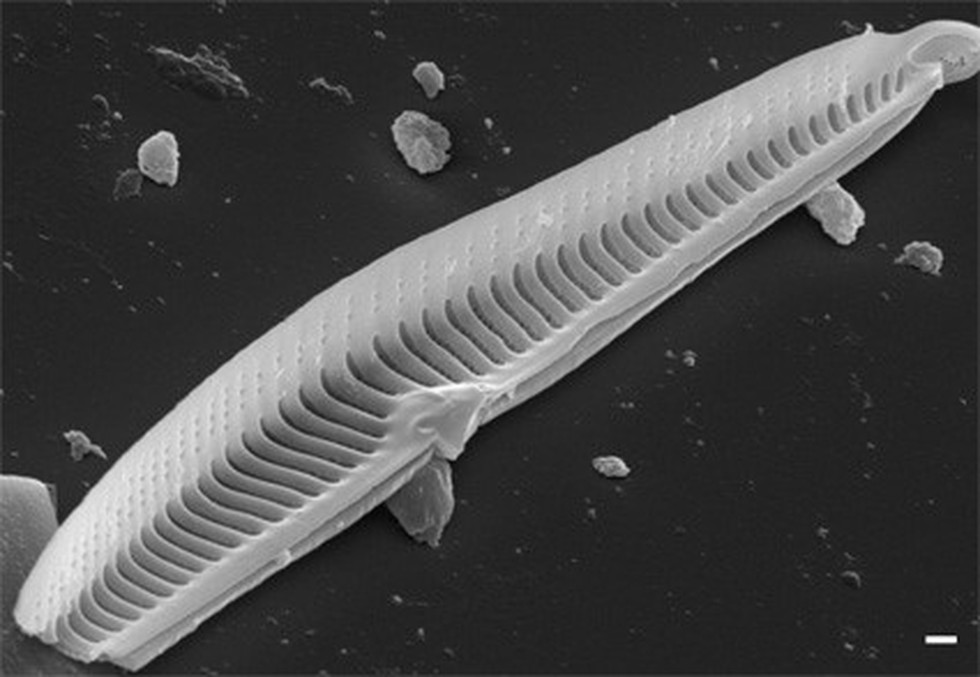Context:
Researchers at the Pune-based Agharkar Research Institute (ARI) recently discovered a new species named Gomphonema rajaguruii from the northern Western Ghats.

Relevance:
GS III: Species in News
Dimensions of the Article:
- Gomphonema rajaguruii: A Unique Freshwater Diatom Species
- Diatoms: Photosynthetic Single-Celled Organisms
Gomphonema rajaguruii: A Unique Freshwater Diatom Species
Discovery and Naming:
- Found in a semi-aquatic environment along the wet walls of Mahabaleshwar, Maharashtra.
- Named after the late Professor S. N. Rajaguru, a renowned geo-archaeologist from the region.
Characteristics:
- Unique diatom species exhibiting traits from two genera: Gomphonema and Gomphoneis.
- Represents a distinct combination of features not typically seen in diatoms.
Diatoms: Photosynthetic Single-Celled Organisms
- Diatoms are photosynthetic organisms consisting of single cells.
- They belong to a major group of algae and are common phytoplankton in aquatic ecosystems.
- Widely distributed in freshwater and marine environments.
Cell Structure and Function:
- Diatoms possess cell walls composed of silica.
- Each species has a unique pattern of tiny holes (frustules) in the cell wall.
- Frustules serve as channels for nutrient absorption and waste elimination.
Ecological Significance:
- Diatoms contribute significantly to oxygen production globally.
- Responsible for generating up to 50% of the Earth’s annual oxygen through photosynthesis.
- Found in nearly all types of aquatic environments, including freshwater and marine systems.
Diatoms as Phytoplankton:
- Diatoms are one of the most common forms of phytoplankton.
- They play a crucial role in the aquatic food chain as a primary food source.
- Additionally, diatoms contribute to nutrient cycling in aquatic ecosystems.
- Understanding and studying diatoms, such as Gomphonema rajaguruii, enhance our knowledge of the diversity and ecological importance of these microscopic organisms in freshwater habitats.
-Source: The Hindu




